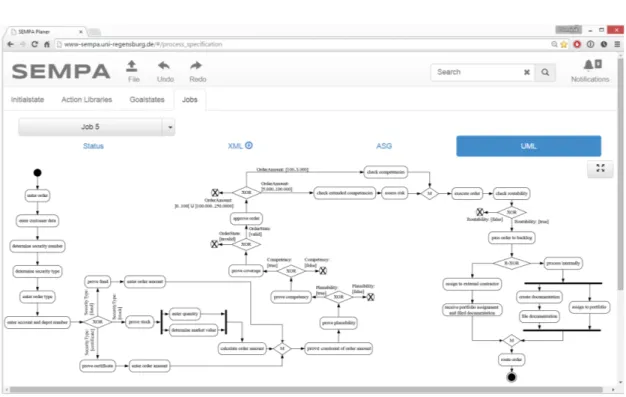Quantitative Approaches to enable the Automated Planning of Adaptive Process Models
Volltext
Abbildung
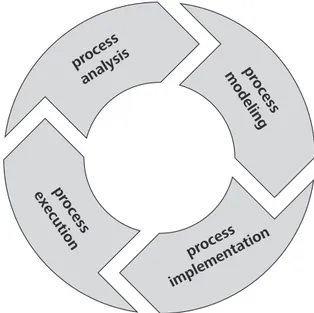
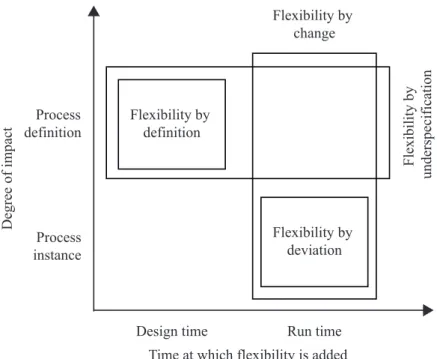
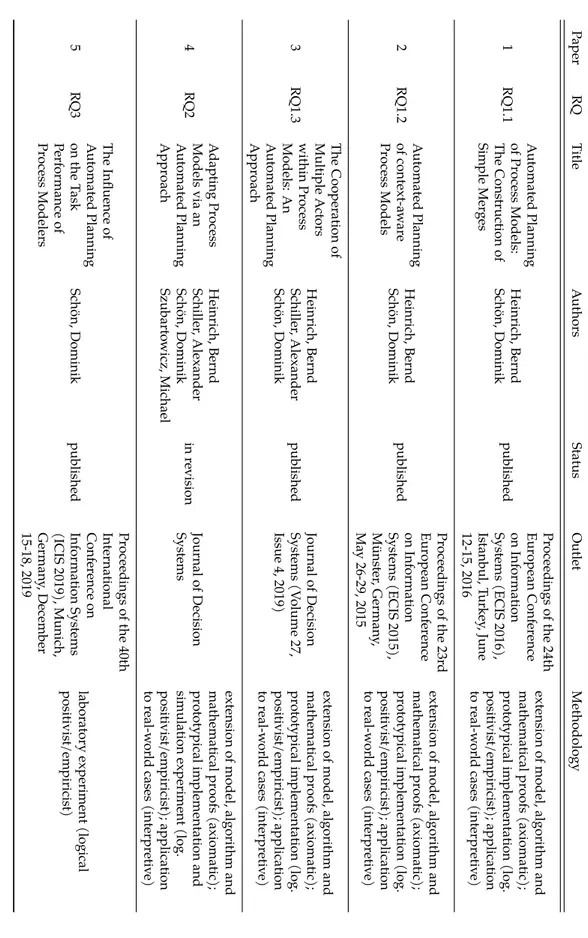
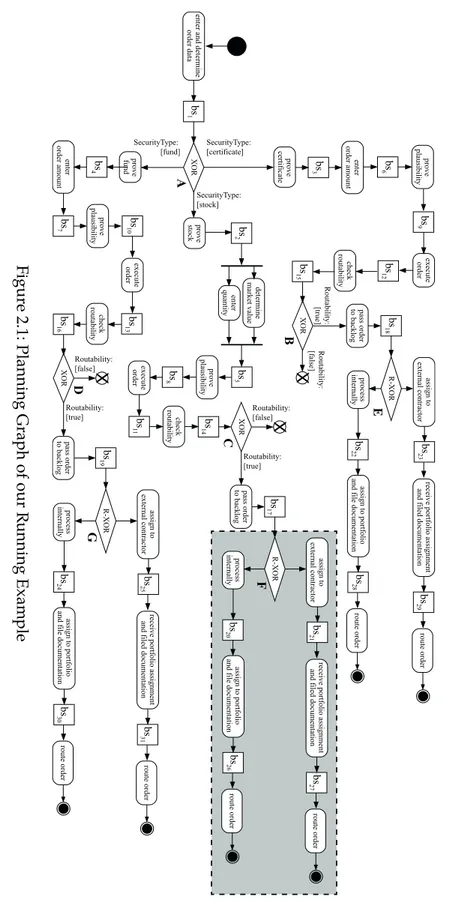
ÄHNLICHE DOKUMENTE
33.2 Repetition: State Spaces 33.3 Compact Descriptions 33.4 Summary.. Helmert (University of Basel) Foundations of Artificial Intelligence April 28, 2021 2
very similar to STRIPS: state variables not necessarily binary, but with given finite domain (cf. CSPs). states are assignments to these
I ignore negative effects (delete effects) of actions I use solution costs of relaxed planning task. as heuristic for solution costs of the original planning task I computation
I basic idea of abstraction heuristics: estimate solution cost by considering a smaller planning task. I formally: abstraction function α maps states to abstract states and thus
I Hitting sets over all cut landmarks yield a perfect heuristic for delete-free planning tasks. I The LM-cut heuristic is an admissible heuristic based on
Thus, the question as to whether models of the computable general equilibrium type could be used in more or less the same function in planning as the linear programming ones,
This critical state of affairs within the profession and practice of spatial development in Serbia has culminated in the Belgrade Waterfront project, promoted
However, they are mostly related to the final part of the planning process or post-planning activities, when electronic transparency represents an option for


